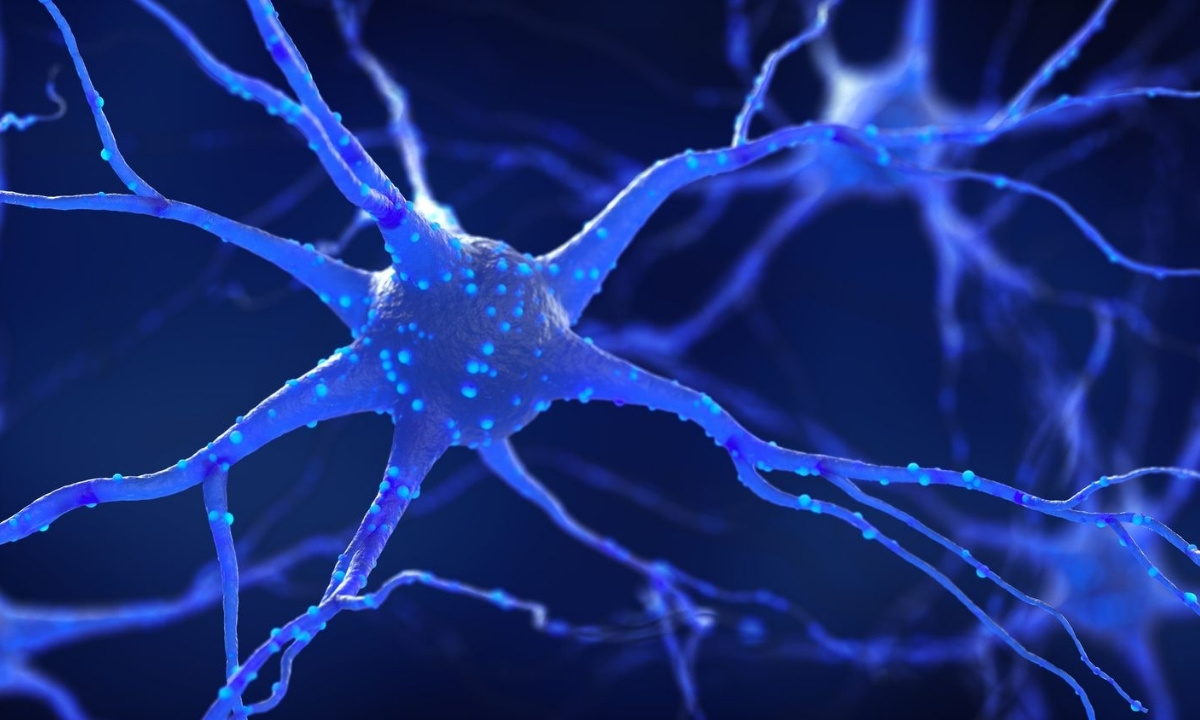
Nociceptors are specialized nerve cells that detect pain. They play a crucial role in our body's defense mechanism by alerting us to potential harm. Found in skin, joints, and organs, these receptors respond to various stimuli like heat, pressure, and chemicals. Ever wondered why touching a hot stove hurts instantly? That's nociceptors at work. They send rapid signals to the brain, prompting a quick reaction to avoid injury. Understanding nociceptors can help us grasp how pain management and treatments work. From their discovery to their complex functions, nociceptors are fascinating components of our nervous system. Ready to learn more? Let's dive into 27 intriguing facts about these pain-detecting marvels.
What Are Nociceptors?
Nociceptors are specialized sensory receptors responsible for detecting pain. They play a crucial role in our body's ability to sense and respond to harmful stimuli. Let's dive into some fascinating facts about these pain receptors.
-
Nociceptors are found in various tissues, including skin, muscles, joints, and internal organs. They help detect different types of pain, such as thermal, mechanical, and chemical.
-
These receptors are part of the peripheral nervous system. They send signals to the brain when they detect potentially damaging stimuli.
-
There are different types of nociceptors, including A-delta fibers and C fibers. A-delta fibers transmit sharp, immediate pain, while C fibers carry dull, throbbing pain.
How Nociceptors Work
Understanding how nociceptors function can shed light on the complex nature of pain perception. Here are some key points about their operation.
-
When nociceptors detect harmful stimuli, they generate electrical signals known as action potentials. These signals travel along nerve fibers to the spinal cord and brain.
-
The brain processes these signals, interpreting them as pain. This process helps us react quickly to avoid injury.
-
Nociceptors can become sensitized after repeated exposure to harmful stimuli. This sensitization can lead to chronic pain conditions.
Types of Pain Detected by Nociceptors
Nociceptors are versatile in detecting various types of pain. Let's explore the different kinds of pain they can sense.
-
Thermal nociceptors respond to extreme temperatures, such as touching a hot stove or being exposed to freezing cold.
-
Mechanical nociceptors detect physical damage, like cuts, bruises, or pressure from a sharp object.
-
Chemical nociceptors react to harmful chemicals, including those released during inflammation or injury.
Nociceptors and Chronic Pain
Chronic pain is a significant health issue affecting millions worldwide. Nociceptors play a role in the development and persistence of chronic pain.
-
Chronic pain can result from nociceptor sensitization, where receptors become overly responsive to stimuli.
-
Conditions like arthritis, fibromyalgia, and neuropathy involve chronic pain linked to nociceptor activity.
-
Research into nociceptors aims to develop better treatments for chronic pain by targeting these receptors.
Nociceptors in Animals
Nociceptors are not unique to humans; they are found in many animals, helping them avoid harm and survive in their environments.
-
Fish, birds, and mammals all possess nociceptors, allowing them to sense and react to pain.
-
Some animals, like certain invertebrates, have simpler nociceptive systems but can still detect harmful stimuli.
-
Studying nociceptors in animals helps scientists understand pain mechanisms and develop new pain relief methods.
Nociceptors and Pain Management
Effective pain management often involves targeting nociceptors to reduce pain signals. Here are some ways this is achieved.
-
Pain medications like NSAIDs and opioids work by blocking nociceptor signals or reducing inflammation.
-
Local anesthetics temporarily block nociceptor activity, providing pain relief during medical procedures.
-
Advances in pain management include developing drugs that specifically target nociceptor sensitization.
Interesting Facts About Nociceptors
Nociceptors have some intriguing characteristics and functions. Let's explore a few more fascinating facts.
-
Nociceptors can adapt to different pain thresholds, making them more or less sensitive over time.
-
Some people have genetic variations that affect their nociceptor function, influencing their pain sensitivity.
-
Nociceptors can release substances like substance P and CGRP, which contribute to pain and inflammation.
Nociceptors and the Future of Pain Research
Ongoing research into nociceptors holds promise for new pain treatments and a better understanding of pain mechanisms.
-
Scientists are exploring gene therapy to modify nociceptor activity and reduce chronic pain.
-
Advances in imaging techniques allow researchers to study nociceptor function in real-time.
-
Understanding nociceptor pathways can lead to the development of non-addictive pain medications.
Fun Facts About Nociceptors
Let's end with some fun and lesser-known facts about nociceptors.
-
Some people have a rare condition called congenital insensitivity to pain, where their nociceptors don't function properly.
-
Nociceptors can sometimes be "tricked" by certain stimuli, leading to phantom pain sensations.
-
The study of nociceptors is known as nociception, a field that continues to grow as scientists uncover more about these fascinating receptors.
The Final Word on Nociceptors
Nociceptors, those tiny nerve endings, play a huge role in our lives. They alert us to potential harm, helping us avoid injuries. Without them, we wouldn't feel pain, which might sound nice but could lead to serious damage without us even knowing. These specialized receptors are found throughout our body, from our skin to our internal organs. They detect extreme temperatures, pressure, and chemicals, sending signals to our brain to interpret as pain. Understanding nociceptors can help in developing better pain management techniques and treatments. So, next time you stub your toe or touch something hot, remember it's your nociceptors doing their job. Pain might be unpleasant, but it's a crucial part of keeping us safe and healthy.
Was this page helpful?
Our commitment to delivering trustworthy and engaging content is at the heart of what we do. Each fact on our site is contributed by real users like you, bringing a wealth of diverse insights and information. To ensure the highest standards of accuracy and reliability, our dedicated editors meticulously review each submission. This process guarantees that the facts we share are not only fascinating but also credible. Trust in our commitment to quality and authenticity as you explore and learn with us.
